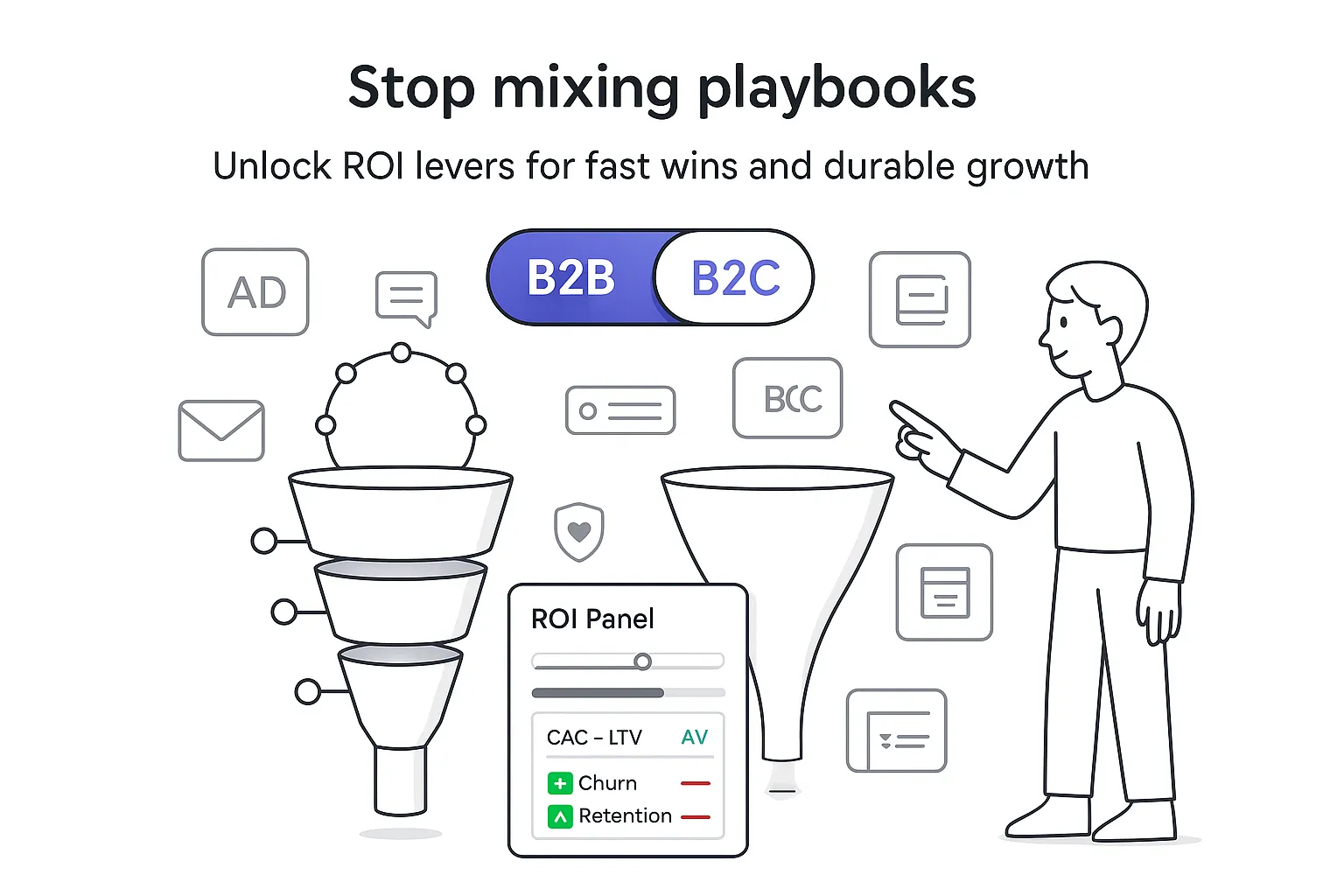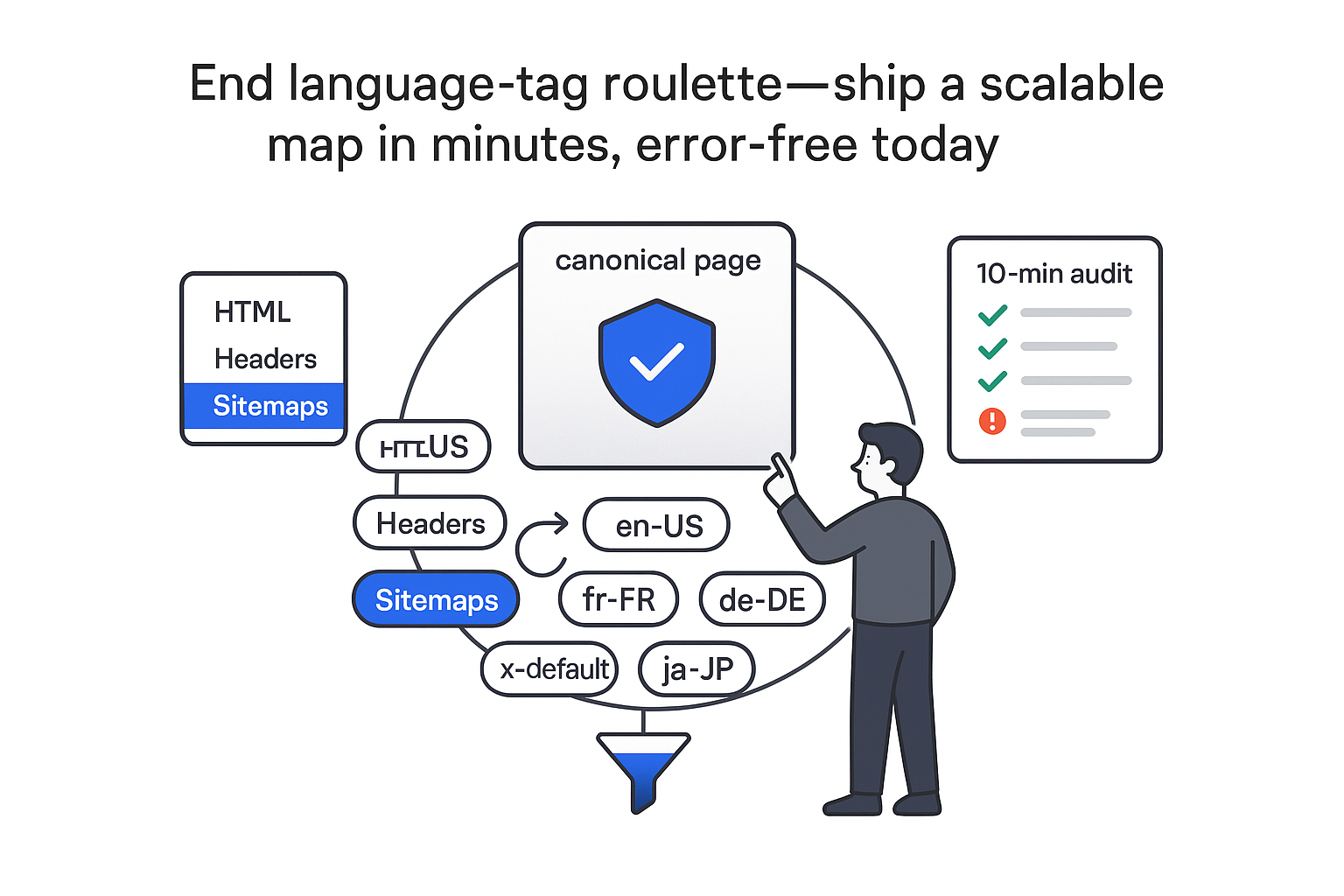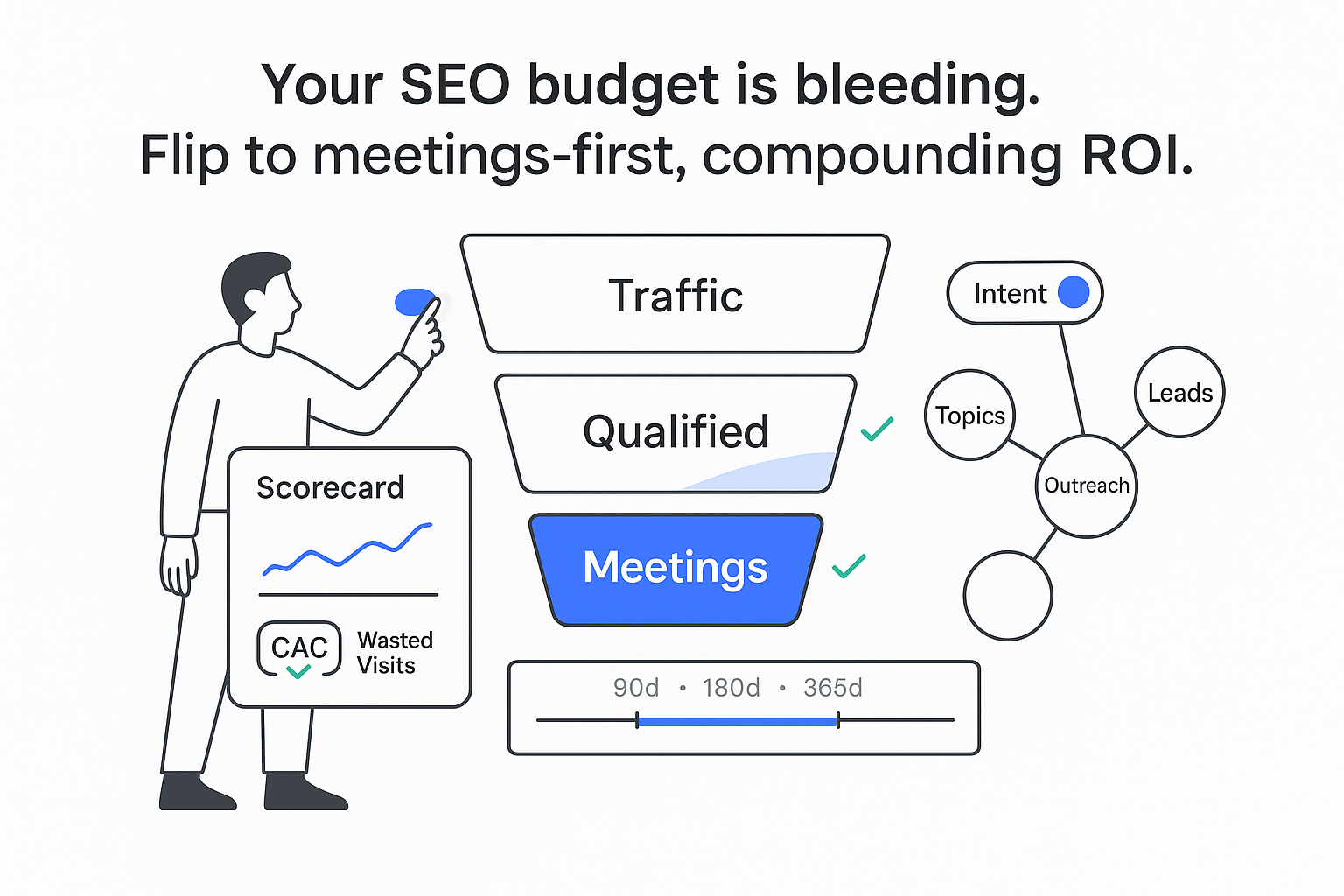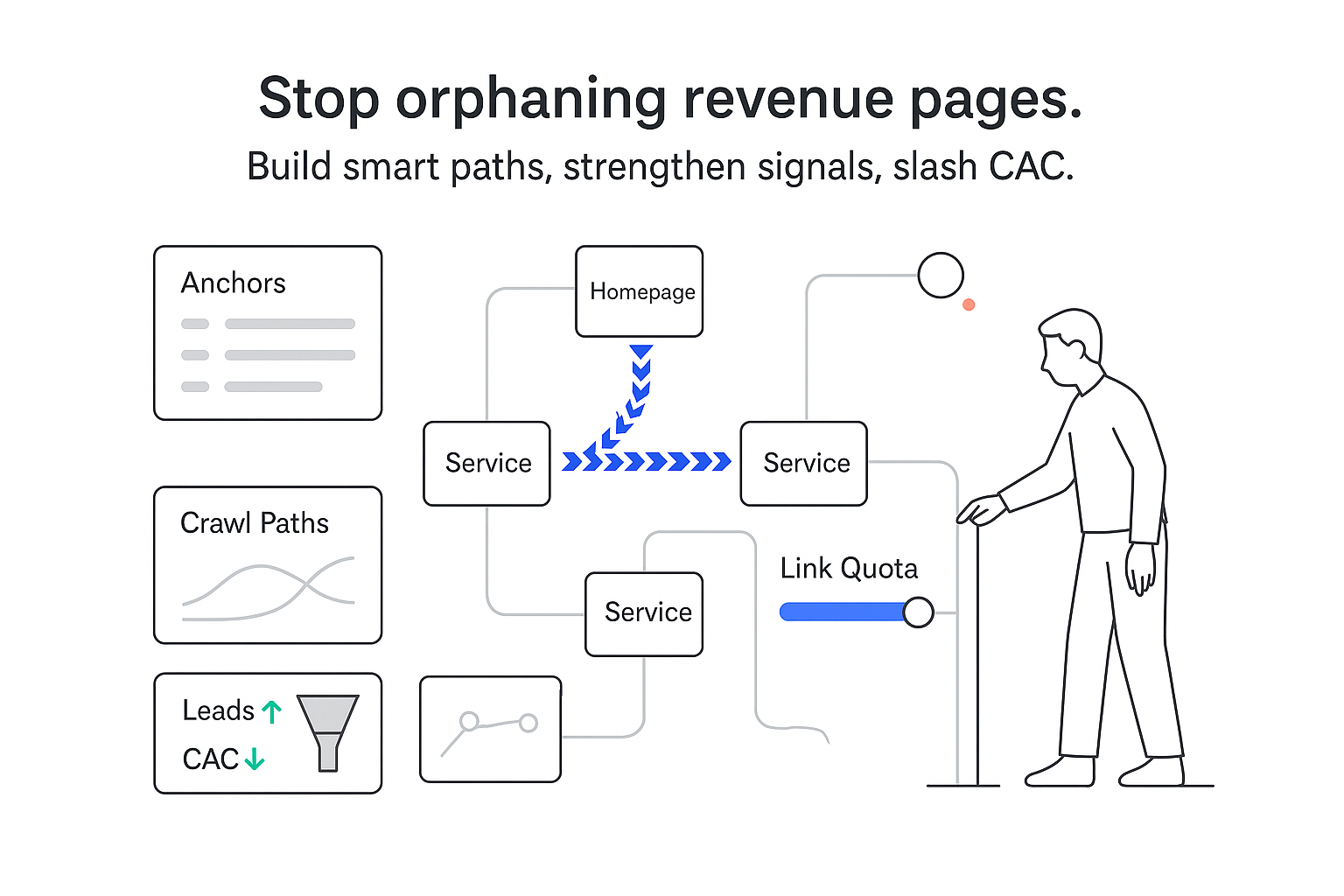If you sell services, the way you market and sell to a company versus a consumer changes almost everything - budgets, timelines, content, even what "proof" looks like. Both paths end in a purchase, but the roads look very different. I break down B2B vs B2C through an ROI lens so you can make smarter calls on where to invest next and how to track progress without hand-holding your team.
B2B vs B2C
Here is the quick take. If you have sixty seconds, read this and save the rest for your next coffee.
One-row executive snapshot for service businesses
- B2B services: Higher ROI potential via larger deals and retention; slower time to impact; highest lead quality when the ICP is tight
- B2C services: Faster time to impact via volume; ROI varies by channel; lead quality is mixed but plentiful with strong creative
Jump to what you need:
- Sales cycle
- Buying motivations
- Purchasing decision
- Marketing channels
- Customer segmentation
- Lifetime value
- Customer service
- FAQs
Hottest trend I see on the ground: buying committees are getting larger and budgets face tighter scrutiny, which stretches B2B timelines. Gartner has outlined complex, multi-step buying journeys that mirror this reality. At the same time, organic channels and thoughtful publishing on LinkedIn quietly compound results for service brands that keep sharing useful, specific content. Velocity matters, but clarity and proof carry the deal. Research from the B2B Institute and Ehrenberg-Bass also reminds me to balance brand and demand over time, not just chase in-quarter conversions.
Sales cycle
Why does the B2B sales cycle take longer? Multi-step approvals, procurement reviews, security and legal checks, and a team of buyers who do independent research before they talk to sales. In many B2B environments, six to ten stakeholders touch the decision. B2C, by contrast, is built for speed. A consumer sees a message, checks a few reviews, and buys within minutes or days. See more on the multi-stage journey in this summary of the decision-making process required in B2B purchases and Gartner's guide to buyer enablement.
Typical time to close for services
- B2B mid-market: 3 to 9 months, 6 to 18 meaningful touchpoints across channels and stakeholders
- B2B enterprise: 6 to 18 months, 15 to 30 touchpoints, multiple revisits to pricing and scope
- B2C services: minutes to days for simple offers; 1 to 2 weeks for high-ticket services like coaching or home services
I keep teams aligned by mapping stages with a simple five-step path:
- Identifying need, triggered by a business case or event
- Specification, scope and success criteria written down
- Supplier evaluation, shortlist and proof assets reviewed
- Purchasing decision, approvals and commercial terms locked
- Post-purchase, onboarding, support, and expansion
Moves I prioritize when I want momentum now
- Elevate bottom-of-funnel pages: "services," "pricing," "industries," and "use cases," each with proof, FAQs, and next steps
- Add partner and integration pages that mirror how buyers search and shortlist
- Publish at least three deep case studies with clear before/after metrics, screenshots, and a named reference
- Route leads based on buying signals - repeat visits to pricing or case studies - so follow-up happens in minutes, not days
One caveat I keep in mind: some deals will surprise you and move fast. That happens when the pain is urgent and your proof is obvious. I make that the norm by putting evidence up front. For more on modernizing outreach and coverage, the U.S. Chamber's overview on How to Create a Hybrid Sales Model is a useful complement.
Buying motivations
B2B buyers care about ROI, risk mitigation, compliance, and total cost of ownership. They are betting budget and political capital. Emotions matter, but logic must win in the deck and in the spreadsheet. For additional context on strategy, see these B2B marketing strategies.
B2C buyers lean into convenience, status, enjoyment, and speed. Social proof drives action. A tight offer and a clean checkout beat long documents every time.
Service-firm examples of B2B value drivers I focus on
- Reduced churn for the client's customers
- Saved headcount by automating low-value tasks
- SLA coverage that reduces downtime or response risk
- Pipeline impact: sourced and influenced revenue with credible attribution logic
- Lower total cost over 12 to 36 months vs piecemeal freelancers
Proof assets that shorten B2B cycles
- 2 to 3 high-signal case studies with before/after metrics
- An ROI model tied to business inputs a CFO trusts
- Customer references who will take a quick call
- Security, privacy, and compliance one-pager
- Sample SOW and timeline with explicit assumptions
- An implementation plan in plain English, not jargon
For B2C services, I swap heavy proof for powerful creative, simple pricing, and instant booking. Reviews and short video testimonials still do heavy lifting.
Purchasing decision
A B2B decision rarely lives with one person. I build a plan around a decision-making unit. A high-level overview of core differences is here: Disruptive Advertising: B2B and B2C Marketing: What's the Difference?.
Common roles
- Users, live with the service day to day
- Influencers, push for a shortlist or approach
- Approver, usually a functional leader
- Finance or procurement, checks price and terms
- Legal, covers risk and data
- Executive sponsor, grants budget and air cover
How I map the DMU
- Role, name, what they care about, likely blockers, and the content that answers their questions
- Example: for finance, a cost model and payback view; for legal, a one-pager on data handling; for users, a playbook and training clips
RACI-style roles I define in a service deal
- Responsible: the operator who will run the engagement
- Accountable: the executive sponsor who signs and owns results
- Consulted: security, legal, IT, data teams as needed
- Informed: adjacent leaders affected by rollout
Mini example, seven stakeholders in a professional services contract
- VP Marketing, accountable, wants pipeline impact and clear attribution
- Director Demand Gen, responsible, needs campaign support starting next month
- Sales Ops, consulted, asks for CRM hygiene and lead routing changes
- Finance Manager, approver, asks for payment terms and cost reduction vs current agency
- Legal Counsel, consulted, checks data and IP clauses
- CISO, consulted for SOC and data storage if you touch PII
- CEO, informed early, approves final spend for year two
I map this before I pitch, then set content to each role's questions. That is how I make B2B vs B2C differences work for me, not against me. For more fundamentals on how B2B and B2C decisions differ, see HubSpot.
Marketing channels
In B2B, the channels that compound are the ones that build trust over time. In B2C, the channels that win are the ones that grab attention and reduce friction.
B2B priority stack I rely on
- LinkedIn for distribution and conversations
- Email nurture that is behavior-based and useful, not fluff
- SEO thought leadership, guides, and case studies that answer real buying questions
- Webinars and live sessions, recorded and clipped for reuse
- Communities and partner co-marketing where buyers already gather
B2C priority stack I see work
- Paid social and influencers to spark demand
- Short-form video backed by strong creative and offers
- Reviews and UGC on-site and in ads
- Simple email and SMS for reminders and renewals
Content-to-channel matrix for services
- TOFU: topic explainers, industry trends, light benchmarks; shared on LinkedIn, YouTube, and your blog
- MOFU: playbooks, comparison pages, quantified ROI explainers; sent via email and used in webinars
- BOFU: pricing guidance, case studies, ROI models; shared via sales, website, and partner pages
Accountability matters. I define what counts and document it.
- MQL: contact meets ICP and shows intent signals (e.g., two or more high-intent page views within 14 days)
- SQL: sales has validated need, timeline, and authority
- Pipeline: qualified opportunity with a stage and value, not a guess
- Core KPIs: MQL-to-SQL rate, SQL-to-pipeline rate, pipeline-to-close rate, payback period, and sourced plus influenced revenue
Attribution has limits - privacy changes and long B2B cycles blur lines - so I pair stage-conversion metrics with cohort views and rolling revenue to keep signal above noise. The 60/40 brand-to-demand ratio is a helpful north star in B2B; I adjust by deal size, margin, and sales cycle length. For more on channel selection, see Marketing channels, and for B2C specifics, this deep dive on B2C marketing. To improve customer engagement quality, study patterns of engaging social media interactions.
Customer segmentation
B2B needs data that describes companies and people. B2C leans on people data and behavior. I treat these as different jobs.
B2B segmentation building blocks
- Firmographic: industry, headcount, revenue, location
- Technographic: CRM, marketing stack, data stack, cloud provider
- Intent: topic interest from third-party signals and on-site behavior
- Role-based: function, seniority, team size, hiring trends
B2C segmentation building blocks
- Demographic: age, location, income, household
- Behavioral: site actions, purchase history, subscriptions, loyalty
- Psychographic: interests and lifestyle clusters
Practical B2B recipe for an ICP
- Must-haves: industry fit; 50 to 500 employees; using a modern CRM; active hiring in marketing or ops
- Nice-to-haves: invests in paid social; has a RevOps lead; publishes case studies
- Exclusions: agencies; pre-seed startups; companies with no owned domain email
Sample dynamic segment
- If industry equals SaaS, employee count between 100 and 1,000, uses a modern CRM, and intent around "lead generation" rises for two weeks, then route to account-based outreach and assign a senior AE
Pitfalls I avoid
- Dirty CRM: fix naming and duplicates before scaling outreach
- Overbroad ICP: if I sell to everyone, my message fits no one
- Static lists: refresh segments frequently so intent and hiring signals matter
Note: align segmentation and outreach with consent and privacy regulations (e.g., GDPR/CCPA). Data quality and permissioning are part of the strategy, not an afterthought. If you are unifying data and building richer profiles, a B2B CDP can help you unify data, perform Identity Resolution & Profiles, maintain Decision Quality Data, and activate signals like intent with tools such as Revenue Radar and Market Activation Packs. For profiling depth, see profiles, Profiling, and the underlying data graph in The Graph.
Lifetime value
Why LTV differs in services
- B2B: retainers, multi-year terms, and expansion into new teams drive big lifetime value
- B2C: frequency and volume do the heavy lifting, churn is faster, loyalty mechanics help
Simple LTV and CAC example
- B2B: 8,000 dollars monthly retainer, average 24 months, gross margin 60 percent; LTV = 8,000 × 24 × 0.6 = 115,200 dollars. If CAC = 28,000 dollars, LTV:CAC ≈ 4.1, healthy for many service models
- B2C: 200 dollars average order value, 3 purchases per year, 2-year life, gross margin 40 percent; LTV = 200 × 3 × 2 × 0.4 = 480 dollars. If CAC = 120 dollars, LTV:CAC = 4, also healthy
Targets many B2B service CEOs use (adjust by margin and cycle)
- Net revenue retention: 105 to 130 percent when expansion is part of the model
- Gross retention: 85 to 95 percent depending on contract length
- Payback period: 6 to 12 months on CAC for predictability
How SEO shapes LTV
- Higher-fit leads find you via specific queries (e.g., "B2B SEO for SaaS"), which lifts close rates and lowers churn
- Content that educates post-sale reduces onboarding time and support costs, which improves margin
- Case study traffic attracts buyers who already trust the method, not just the pitch
Customer service
For B2B, service is part of the product. SLAs, onboarding plans, QBRs, and an account manager keep value tangible and renewals sane. For B2C, fast self-serve support and clean processes keep ratings high and refunds low. If you need a refresher on terms, this overview of customer service and support helps.
B2B service blueprint I run
- Onboarding: a 30- to 60-day plan with milestones, roles, and risks documented
- SLAs: response and resolution times plus escalation paths by severity
- QBRs: tie work to objectives, share ROI math, agree on next-quarter goals
- Executive updates: keep the sponsor informed before they ask
B2C support basics I prioritize
- A help center with clear articles and short clips
- Live chat during busy hours; email for follow-ups
- Fast refunds or credits when expectations are not met
For a concise definition of B2C support, see B2C customer service, and for key differences in expectations, the bottom line for B2C companies is speed and self-serve.
I link service to money because it is
- Retention: clean onboarding lifts year-one renewals
- Expansion: QBRs surface growth, such as adding a new region or product line
- Referrals: a strong account manager often becomes the engine for introductions
Post-purchase essentials for B2B services
- Kickoff agenda and success metrics in writing
- Access and data ownership clarified, with dates for anything missing
- First 30 days include two quick wins, promised and delivered
- Reporting via a simple dashboard connected to your CRM or analytics layer
- A living risk register with owners, reviewed monthly
Strong support is where B2B vs B2C shows the sharpest split. Consumers want quick fixes. Businesses want partners who bring clarity, own results, and show their work.
FAQs
-
What are the main differences in target audiences between B2B and B2C?
B2B targets organizations with specific roles and buying committees - smaller volumes but larger deal sizes. B2C targets individuals - larger audiences, faster decisions, smaller average orders. -
How do buying motivations differ between B2B and B2C?
B2B is driven by ROI, risk, compliance, and total cost. B2C is driven by convenience, emotion, and social proof. -
What role do relationship dynamics play in B2B and B2C markets?
B2B favors long-term partnerships with steady communication and QBRs. B2C favors quick interactions, strong creative, and easy support. -
How do the sales cycles compare between B2B and B2C?
B2B cycles run months, with many touchpoints and approvals. B2C cycles run minutes to days, often one decision maker. -
How does customer service differ between B2B and B2C?
B2B relies on SLAs, onboarding, and account management tied to outcomes. B2C relies on self-service, fast replies, and simple policies to keep satisfaction high.
Seasonal note: if I am entering Q4 or a budget-reset window, I publish pricing guidance and timelines early and warm my references. Committees meet less during holidays, so I front-load approvals and keep momentum with short, useful updates. AI can summarize calls and flag risks, but it cannot replace a clear plan and a reachable human. Less noise, more signal - that is how I win the B2B vs B2C game.







.svg)